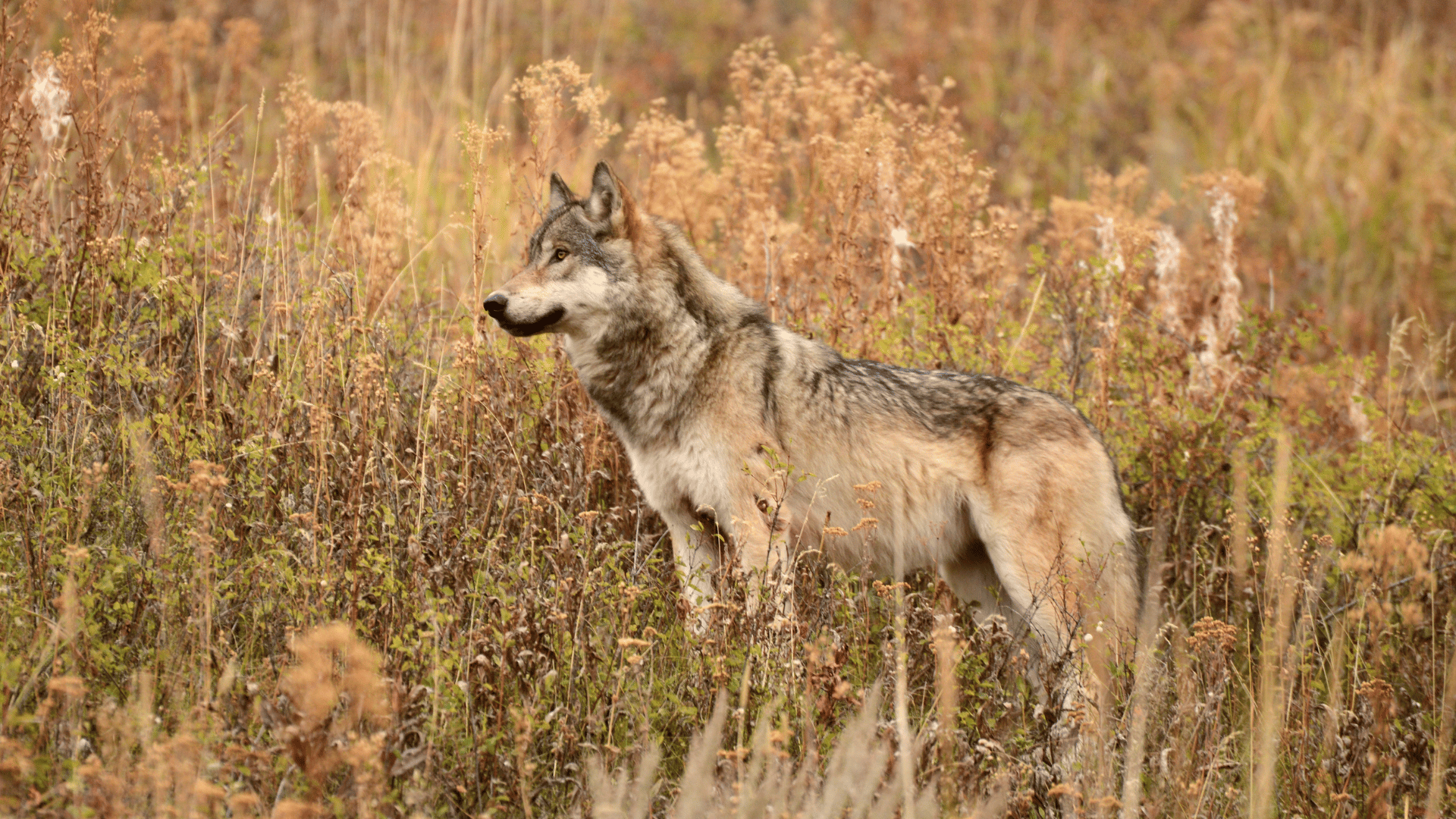Due to the reintroduction of the wolf population in the late 1990s, a new generation of fully-fledged aspen trees has grown in Yellowstone’s northern range for the first time in 80 years.
Wolf Population Causes Aspen Tree Growth

In the early 20th century, humans eradicated wolves from Yellowstone to protect livestock and “game animals” like elk and deer. With the wolves gone, the elk population exploded in numbers and began grazing in new areas, negatively affecting the young trees and plant life of the area.
The loss of many trees also harmed the population of animals that use them as a habitat source, including cavity-nesting birds and beavers. This led to a movement by conservationists in the 1990s, headed by the theory that reintroducing the wolves into the environment would restore balance to the ecosystem.
According to IFL Science, new research by scientists at Oregon State University (OSU) states that this balance has begun to emerge among aspen trees. They reported the first documented recruitment of overstory aspen trees in northern Yellowstone since the 1940s. They also stated that sapling density increased by over 152-fold between 1998 and 2021.
“The reintroduction of large carnivores has initiated a recovery process that had been shut down for decades. About a third of the 87 aspen stands we examined had large numbers of tall saplings throughout, a remarkable change from the 1990s when surveys found none at all,” Luke Painter, lead study author, who teaches ecology and conservation in the OSU College of Agricultural Sciences, said in a statement.
“This is a remarkable case of ecological restoration,” Painter said. “Wolf reintroduction is yielding long-term ecological changes contributing to increased biodiversity and habitat diversity.”
Whereas some scientists speculate that the reintroduction of apex predators alone won’t be enough to restore balance when major ecosystems get disrupted, many others point to the new research as a sign that supports the theory. The new study is published in the journal Forest Ecology and Management.






